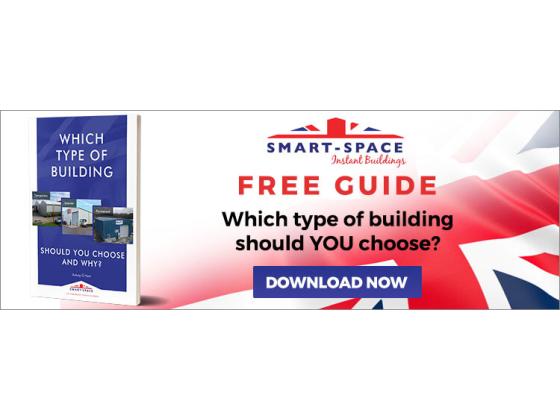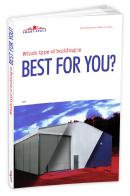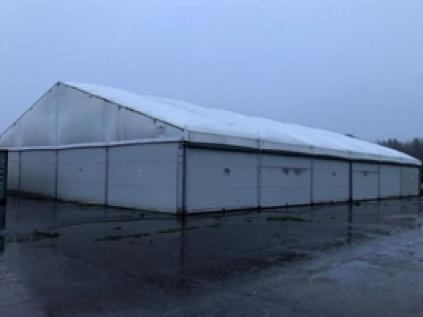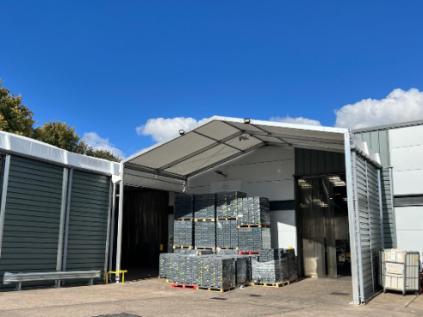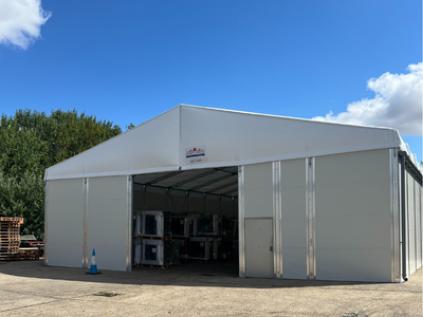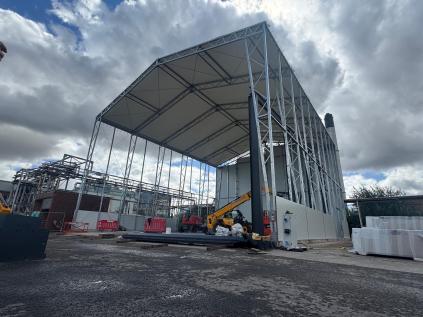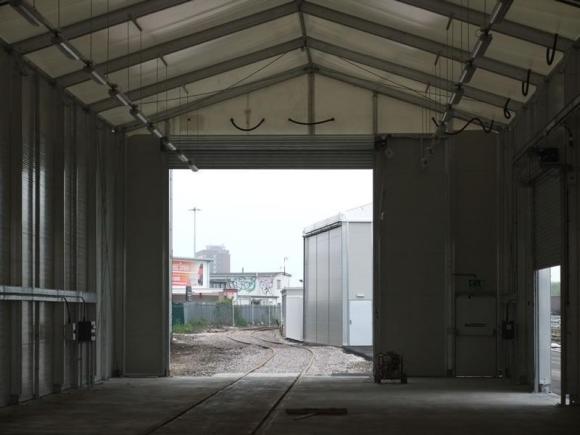
Seems like a simple enough question, but there’s a lot of confusion about the answer.
Just type ‘temporary buildings’ into google and you will find page after page with companies advertising temporary buildings….
But, there’s so many different types, it’s hard to know what’s what.
In the eyes of the suppliers, their buildings obviously constitute being temporary, otherwise; why on earth would they advertise (Often pay to advertise) under the search term temporary buildings?
There are cabins, shipping containers and a whole group of companies with relocatable storage and warehouse buildings (like ours).
These companies (our competitors) make it even more confusing because they have one type of building and supply different covers to then advertise them as semi-permanent and even permanent!
So how can you be expected to understand what a temporary building is, and which one’s right for you?
The fundamental area for confusion is in the terminology. You see, in the eyes of the building regulations, a temporary building is one which remains in place for no longer than 28 days – so the term is based purely on time and NOT the type of construction.
And this is a vitally important fact to consider if you are interested in a ‘temporary building’ because in the eyes of your local authority - anything more than 28 days – and it is no longer deemed temporary, and subsequently becomes subject to local authority planning permission and most importantly; subject to building regulations.
And it’s for this reason we have three totally different types and specifications of buildings.
As I mentioned earlier, your job in trying to find the right building for your application and period of use is made none the easier by companies falsely advertising temporary buildings as being suitable for semi-permanent and permanent use.
You’re not to know, but the fact is; just because a ‘building’ meets certain building regulation criteria, does NOT mean it ‘complies with the building regulations’
The building regulations are a highly complex, detailed 1400 odd page set of regulations which cover every eventuality from erecting a porch on your house to a 500,000 sq ft warehouse at your workplace.
You could literally write an entire book on this subject, but for now, the point is to explain why we offer three different types of buildings, and why just one type of building with different cover specifications simply won’t reach the standards required in the building regulations – even though they say theirs do.
Just as the car manufacturers from a certain country were exposed for exaggerating their diesel engine emissions, the temporary building suppliers from that very same country quite blatantly oversell their buildings as complying with the building regulations, when clearly; that’s stretching a truth.
Let me explain: If your planned use does not involve having people occupying the building, let’s say you just want a basic building to store pallets, then the building regulations are completely different to what would be the case were you to have people working inside in a production or manufacturing facility, for example.
Another very important factor is that of boundaries and the spread of fire (especially in the wake of the Grenfell Tower disaster). Quite simply, if you intend to erect a building within 6 metres of a neighbouring property (or if the building is taller than the distance to a neighbouring property) then it will be subject to a fire boundary condition.
What does this mean? Quite simply, if you are to erect an aluminium framed demountable/ relocatable building, it means it will NOT comply with the building regulations because these types of buildings do not comply with the required fire regulations for boundary conditions as aluminium burns at a much lower temperature than steel, which is why our range of ‘permanent’ buildings are made of STEEL and NOT aluminium.
But how are you to know, if you see an advert or website when the company says ‘our buildings comply with building regulations’
It’s great to assume everything you’re told is true, but going back to the diesel emissions analogy, just because they tell you something, doesn’t mean it’s true or accurate.
So to sum up, a temporary building is one which is on site for 28 days or less.
What it’s constructed of is irrelevant in the eyes of the local authority, if it’s there for more than 28 days, it will be subject to local authority approval, which includes planning permission and building regulations.
And because we have three different types of buildings, for temporary, semi-permanent and permanent use; we can advise you on which type you will need to choose based upon the application, intended period of use and it’s location.
To get further free, friendly honest advice, call our office on 01827 330000 and ask to speak to Jason, and he will advise you based upon your ideas and specific circumstances.

